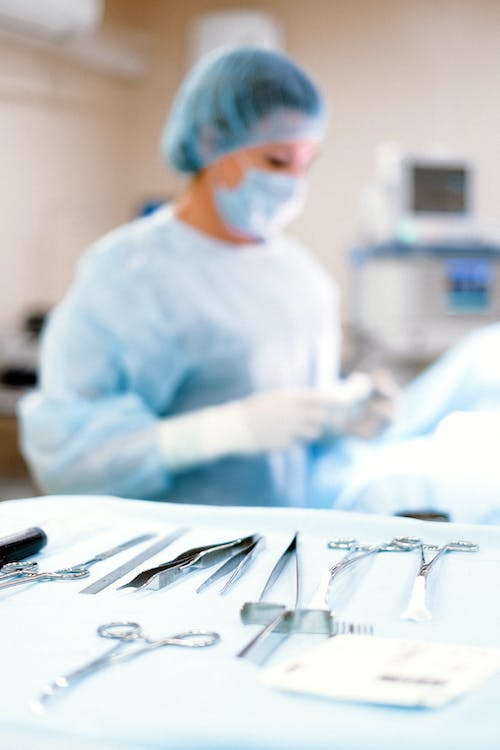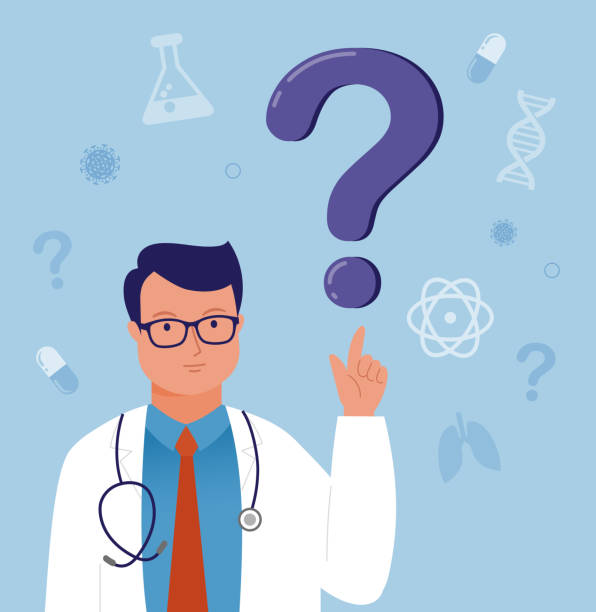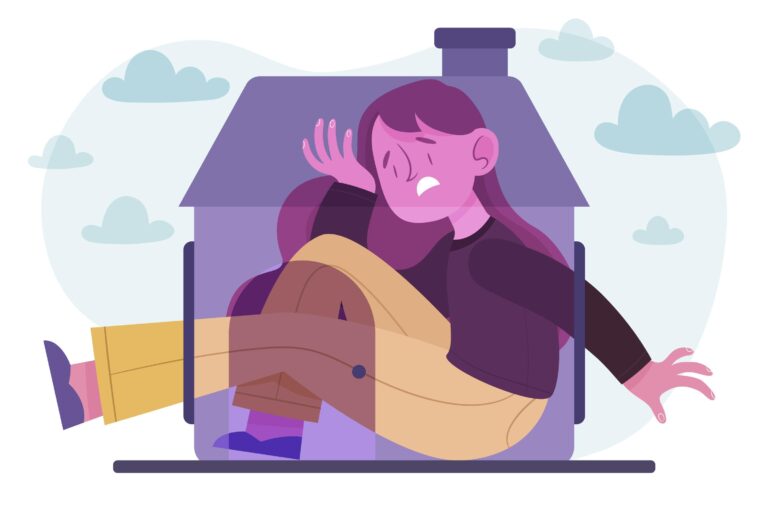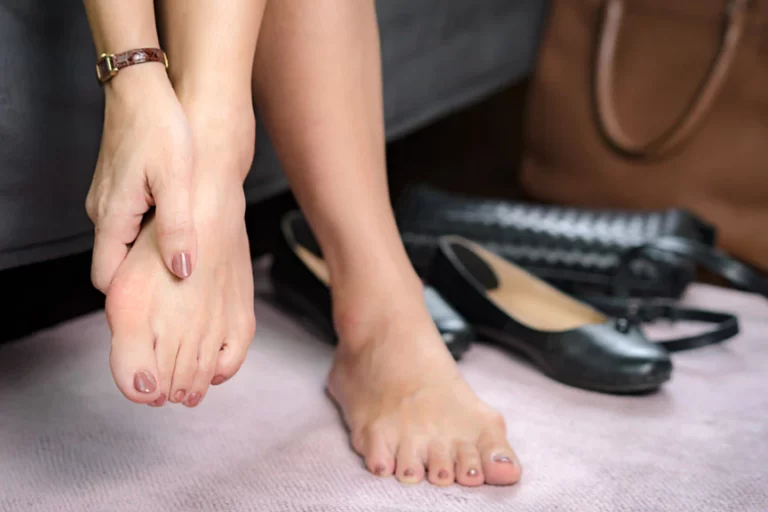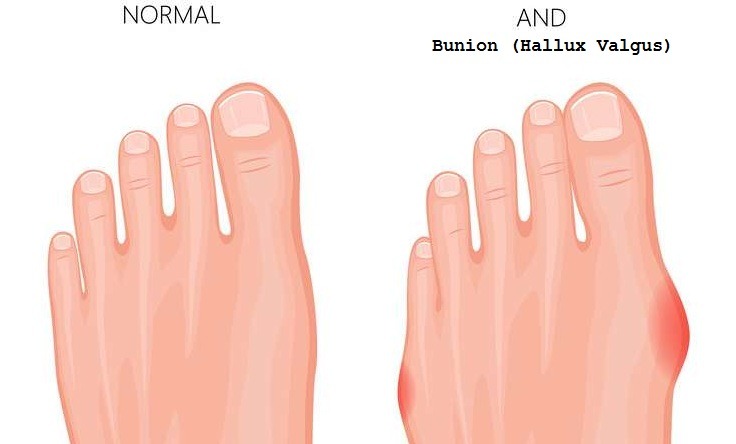What is Shoulder Impingement Syndrome? There are two bone spurs called the chorochoid and acrominon located in the upper part of the shoulder end and there is a strong bond in the form of a bridge between them. Muscles that lift the shoulder end sideways with a lever-like movement and move it inward and outward are damaged by rubbing against the upper ligament during the movement. This situation causes pain and limitation of movement if you require you to bring your hand over your head.
Symptoms of Shoulder Impingement Syndrome
The most characteristic symptom of shoulder impingement syndrome is pain when lifting the arm to the side, especially between 70 and 110 degrees, by rubbing the shoulder muscles under the belt. When the arm is lifted more than 110 degrees, the friction will disappear and thus, the pain will disappear. This is observed in the early stages of the disease. However, if a large tear and bleeding occurred in the muscles due to prolonged exposure to this friction, the pain may continue at rest and may even awaken from sleep.
Stages of Discomfort
Stage 1 (Edema and Bleeding Stage)
Excessive friction occurs due to excessive use in sports such as tennis, swimming, weight lifting. Edema and bleeding develop as a result. Special movement examinations and local anesthetic injection test into the shoulder are performed by the orthopedist to distinguish shoulder impingement syndrome from other shoulder disorders. If the pain disappears with the injection, the problem is in that area. This stage impingement syndrome is usually observed between the ages of 20 and 25.
Non-invasive treatments are successful at this stage. Resting is recommended. If there is no obstacle related to chest diseases, cold press can be applied. Anti-inflammatory drugs are prescribed and the arm is partially rested. Movements on the horizontal plane are avoided. The movement is preserved with stretching and strengthening movements in order not to cause a frozen shoulder by leaving the shoulder completely immobilized. The patient and especially athletes are taught which movements may cause friction. Simple measures such as using the monitor at eye level, reducing the inclination on the shoulder with an upright sitting position are very useful. For example, when serving in tennis, turning the body sideways towards the court reduces friction.
Stage 2 (Scabbing and Tendon Hardening)
Long-term recurrent bleeding and edema due to friction harden over time, forming a hard tissue in the form of a scab at the injury site. This time, this newly formed hard and thick scar tissue causes compression in the friction area. Thus, the friction causes injury and the newly formed scab caused friction; which means a vicious cycle. This stage of impingement usually occurs between the ages of 25-40.
The problem is now chronic and does not heal with non-invasive treatment. The thickened tissues and the ceiling causing friction are cleaned by arthroscopic method, in other words by entering through two or three holes of 1 cm with camera. Then, stretching and strengthening exercises are recommended.
Stage 3 (Bone Spurs and tendon ruptures)
At this stage, bone spurs in the form of calcification (osteoarthritis) develop on the eroded surfaces. The supraspinatus muscle, which lifts the end of the shoulder upwards, wears out due to friction and ruptures occur. This stage is observed over the age of 40.
Treatment of Shoulder Impingement Syndrome
Treatment is surgical. Arthroscopic tendon repair and thinning of the bone tissue on the ceiling are performed. The ends of the ruptured tendon are sutured with special techniques to the threads of the screw driven into the shoulder bone with a closed method. The bone roof thickness is thinned and the re-erosion of the repaired tendon by friction is prevented. Even if the ruptured tendon is sutured in elderly patients, it may be deformed enough to rupture again. In such cases, only cleaning surgery or even shoulder prosthesis surgeries in advanced stages can be applied.




